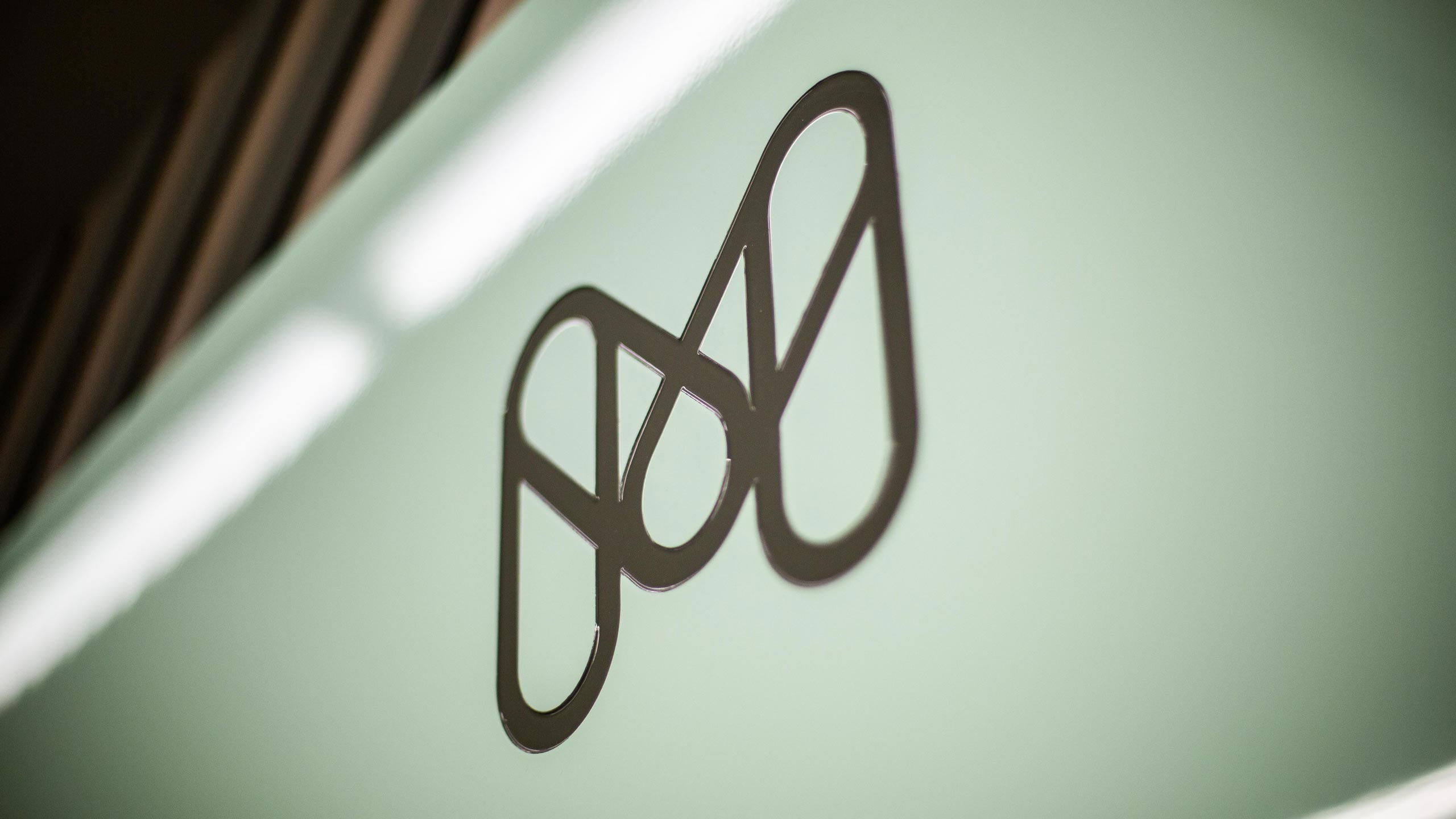There are a number of questions that arise when considering this issue. Some of them are fundamental issues: whether software related inventions in the mobile phone application space are patentable subject matter; should the patent be directed to a method or a device or a system; what needs to be included in a supporting patent specification; etc.?
First, what is a phone application? Well it can be a number of things but t ypically it is characterized by the existence of software designed to operate on a mobile platform, such as for example, a mobile phone but which also includes phablets, tablets and portable computer devices. The functionality of the software is merely a matter of the imagination of the developer. That functionality may include interaction between the user and the device only, or interaction of the user or the application with a remote server (which may be cloud based) while using or not using features included in the device such as GPS and accelerometer sensors. Easily overlooked is the specific software located at the server designed to do a number of things including interaction with the mobile platform and backend services such as a payment gateway; maintaining one or more databases, serving the user experience, serving data to purchasers of user data, etc.
Clearly, the functionality of the software may be patentable and claims to a method incorporating the minimum essential steps of the functionality may be available. A method claim patent will allow defense of the unauthorized copying of the functionality by an application that replicates that functionality even if there is no copying of the code – copying of the functionality is the key. It is unlikely that the device itself will be patentable as it is a known device. However, it may be that there is a special interaction of the software with one or more of the in-built mobile platform sensors. It may as also be that there is a special interaction of the application with a remote server and the combination of the application and the remote server is special. What is useful to understand, is that to prove infringement readily, every one of the steps of a method claim must be performed by a single entity. Therefore, it is necessary to create claims that represent the steps performed by either the mobile platform and/or the server.
It may be that there is a money making aspect of the application, e.g. the way the user pays for a digitally based service or virtual product. This can best be defined as a business method involving a system, a computer and/or computer software.
In some countries, the examples given above will not be patentable subject matter and in some countries the functionality alone, or a combination of hardware and software may be patentable. However, it is still necessary that the claimed invention is novel and non-obvious to those skilled in the art as is the case with any computer-related invention.
What needs consideration when reviewing the mobile application is an assessment of what is the essential function, that step or those steps, which provide the commercially valuable aspect of the business behind the mobile application. A flow chart of the process steps is useful, as is a critical review of: which steps are important; which are essential; which are not required; and those that provide essential as opposed to desirable functionality. It will also be useful to identify the smaller step elements that make up one or more of the larger steps. The level of abstraction required to describe the steps can be high and the use of concise and accurate language is useful. However, a more detailed description will need to be provided if there is to be a patent applied for. Some of the other readily available information includes user definition, wireframes, flow charts, screen shots, etc. All this information will assist you and your Madderns attorney to explore the options available.
Of course, a patent is not the only Intellectual Property (IP) to consider, since copyright will automatically subsist in the code (source and machine code), with no formal application required although in the United States registration is possible and recommended. Yet further, if the server performs the commercially valuable functionality, it may be practical to treat that software as commercially confidential and thus a trade secret, since no user or competitor will be able to access that software. For many mobile applications, a unique and memorable trademark is the most important factor in a mobile application’s success. Note that eventually there will be a public release of the patent specification disclosing all of the important details of the invention and how to implement it.
With more than a million applications (apps) out there – is it worthwhile obtaining a patent for a mobile application? How long do you need the advantage of a patent, 6 months, a year or more? Is your idea useful to other mobile applications or mobile phone companies such that you will be able to license it to others? Well that is a commercial decision based on numerous factors. In my experience, the filing of a provisional patent that will last just one year usually provides enough time to make a better decision in light of the market and competition at the time.
As you should now better appreciate, the question of patentability of a mobile application is not unlike the question of whether a computer related invention is patentable. What functionality is commercially important will determine the starting point of such a determination. You will also be able to consider and investigate whether the idea is already the subject of a patented. Consult with your attorney to discuss your mobile applications’ patentability and its trademark before it is offered on-line or offered in any form to others.

